Aimed at making social impact through pioneering social change and community collaboration initiatives
Former Miss India-America and TEDx speaker Leena Gupta first change-maker featured under TCT banner, unveils her debut inspirational book ‘Anchor Within’
Two Indian-American women – Bani Cheema and Geetanjali Gupta – with expertise in social entrepreneurship, on return to their country and city, have joined hands to launch a platform called ‘The Common Table’ (TCT) determined to make social impact through pioneering social change and community collaboration initiatives.
Announcing the launch at a press conference in Chandigarh on Thursday, Bani and Geetanjali said the platform gives wings to their passion of doing something socially beneficial and impactful in their home country.
“Rooted in Chandigarh, yet global in its outlook, TCT intends to host curated events, thematic workshops, and meaningful exchanges between innovators, entrepreneurs, and thought leaders from across India and the world. TCT is a space for learning, for listening, and for sharing,” the two women gushed in enthusiasm.
Geetanjali said, “Both me and Bani came back to our roots in India not just to give back, but to build something transformative together. The Common Table is our way of creating a compassionate future.”
Bani added, “TCT as an initiative will focus on areas like education, health, arts, culture, and sustainable development, encouraging cross-sector partnerships and solution-driven dialogues.”
As a first step, the two women social entrepreneurs, introduced their first change-maker under the TCT banner in former Miss India-America, TEDx speaker and transformational life coach Leena Gupta, who launched her debut book ‘Anchor Within’ in Chandigarh, after similar launches in the metros like Mumbai, Kolkata and New Delhi.

Talking about her book, Leena said, “Each one of us faces challenges of different kinds in life, my book ‘Anchor Within’ is a ‘go-to’ for all such people who probably at times think of giving up on life. My vitiligo (‘safed fulwari’) diagnosis during the peak of my career was a big set-back, but I chose to rise above personal and societal challenges, converting adversity into a message of authenticity and power.”
The former beauty queen shared that the book brings a deeply personal yet universally relevant guide to reclaiming inner strength and joy. “It offers tools for self-discovery, resilience, and unshakable confidence,” she added.
About TCT co-founders
Bani Cheema is an Indian-American entrepreneur holding a Master’s degree in International Studies in Global Health & Development from the University of San Francisco. She has expertise in areas like international development, non-profit leadership, and small business ownership.
Bani supports grassroots organizations, early-stage entrepreneurs, and mission-driven start-ups by providing meaningful opportunities for visibility, networking, and shared learning.
She is also the founder of ‘Seeding’, a consulting firm that helps small organizations with fundraising and established companies make efficient CSR decisions. Bani runs a NGO, Cheema Trust, that empowers visually impaired students.
Geetanjali Gupta is a former certified public accountant (CPA) & global financial analyst who graduated with distinction from UMASS, Amherst, USA, with a degree in finance and accounting.
She has worked with top-tier financial institutions such as Liberty Mutual (USA), where she served as an auditor, and Credit Suisse in London, where she worked as a private banker.
Geetanjali returned to India to focus her energies on social entrepreneurship. On coming back to India, she joined her family’s charitable initiative, the Sardarni Kartar Kaur Education Society, under which she leads programmes that offer free tailoring and stitching training to women from low-income communities in the rehabilitation colony of Mauli Jagran, Chandigarh.
She has also founded Silai Wilai, a social enterprise that provides a platform to these women to market their garments.




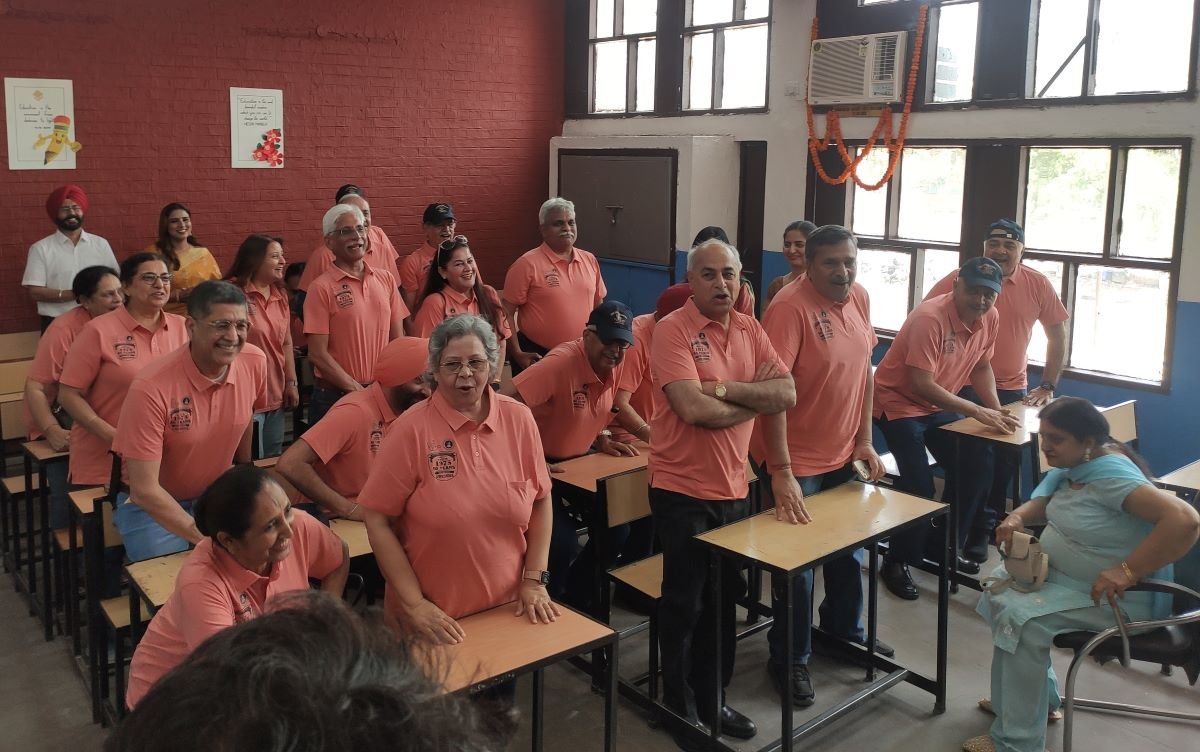


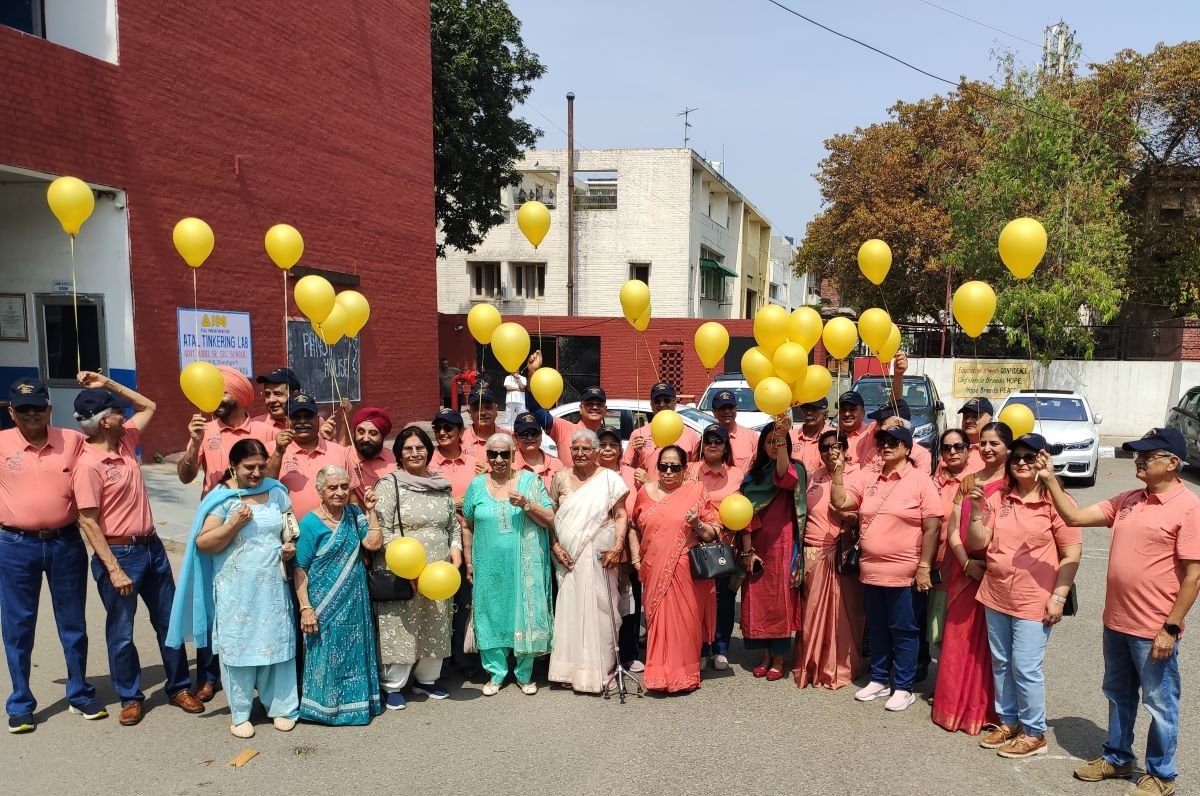
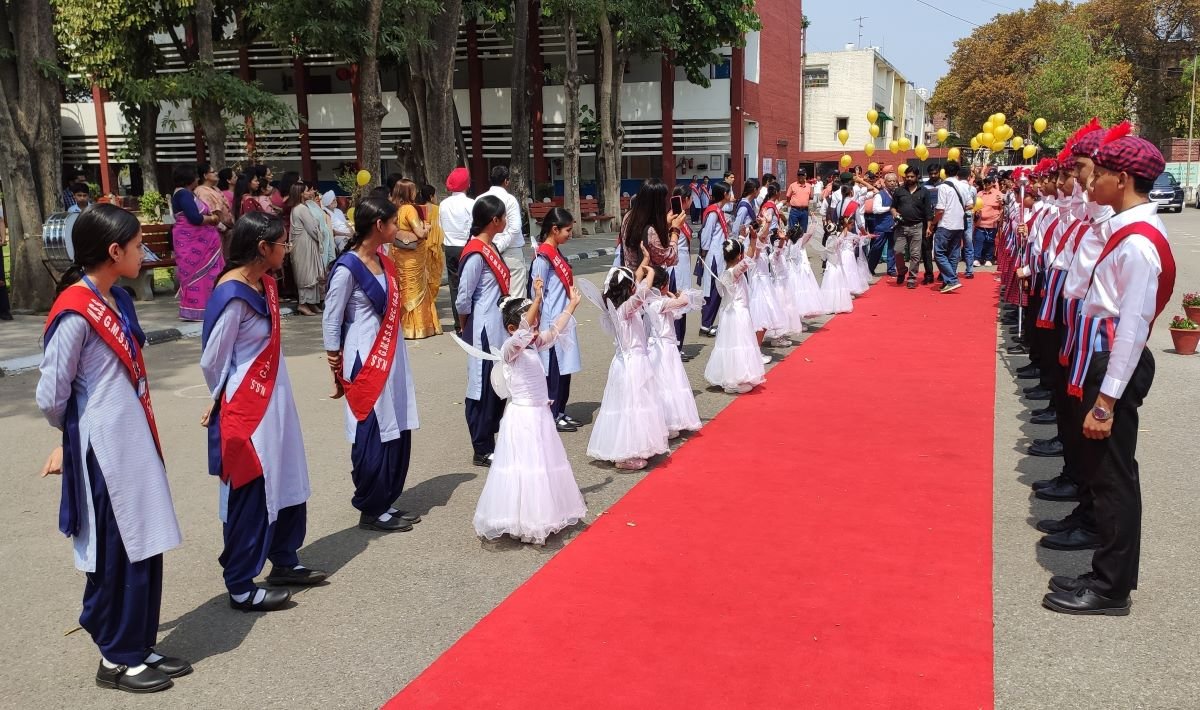
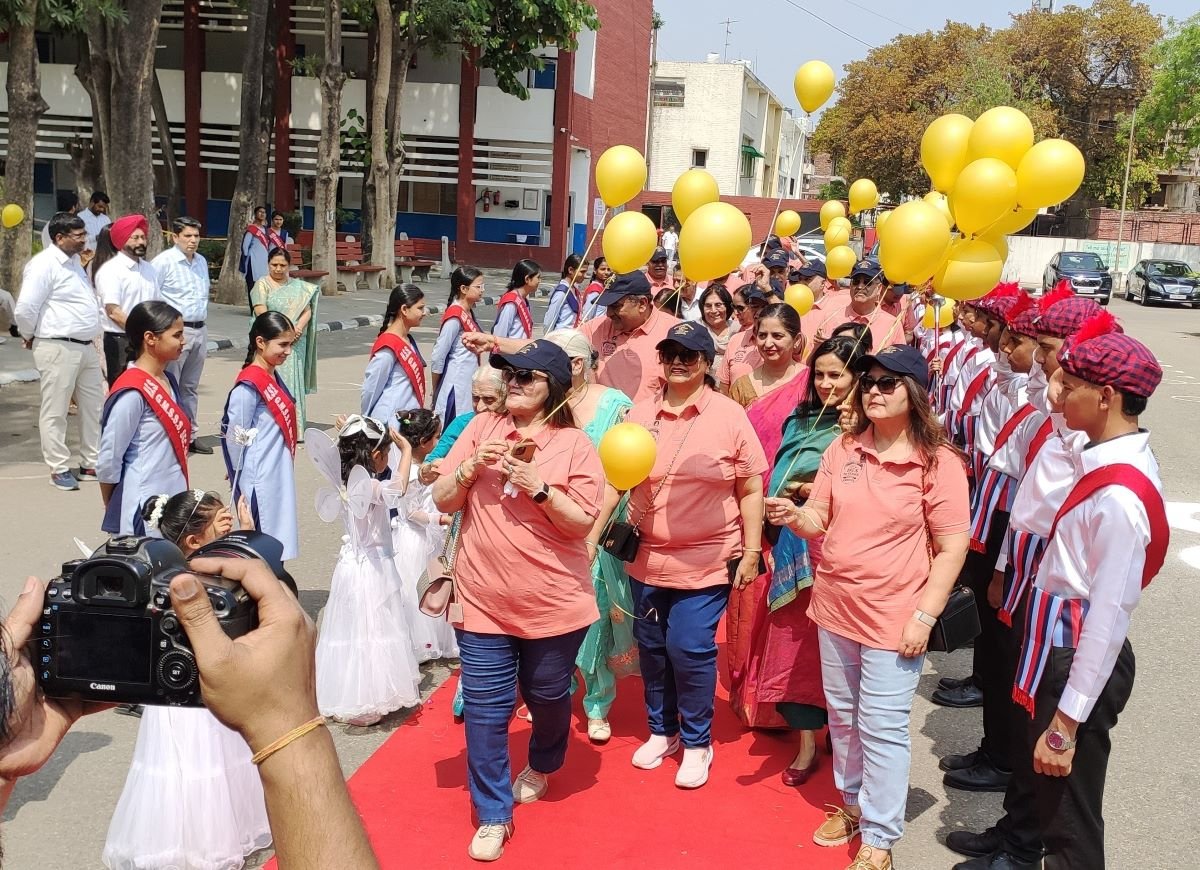
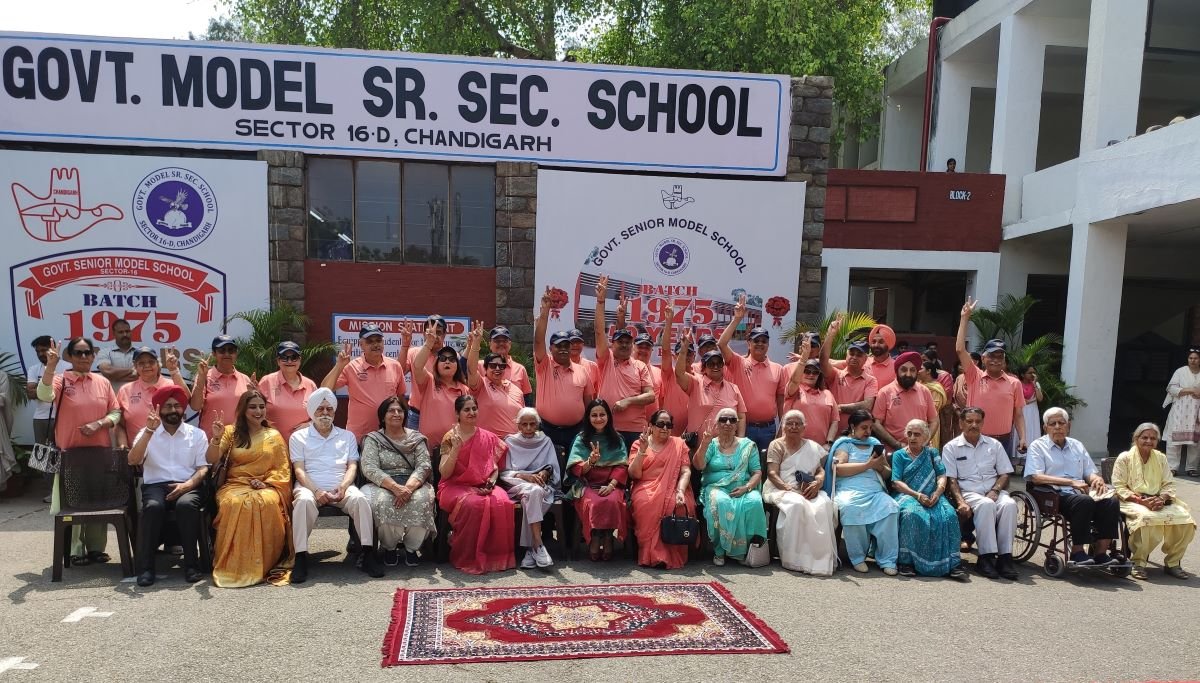



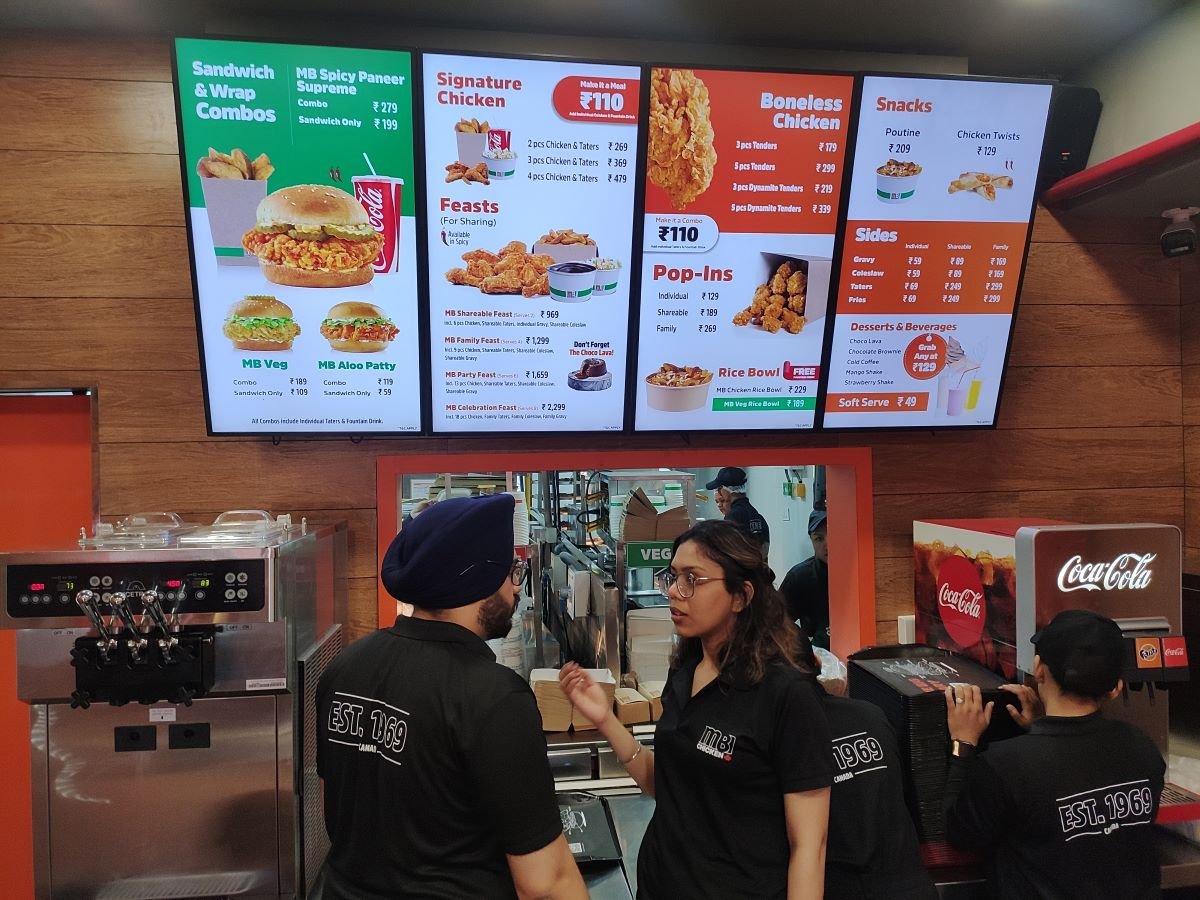 In boneless chicken, the outlet offers piece tenders, and dynamite tenders, apart from pop-ins and chicken rice bowl.
In boneless chicken, the outlet offers piece tenders, and dynamite tenders, apart from pop-ins and chicken rice bowl.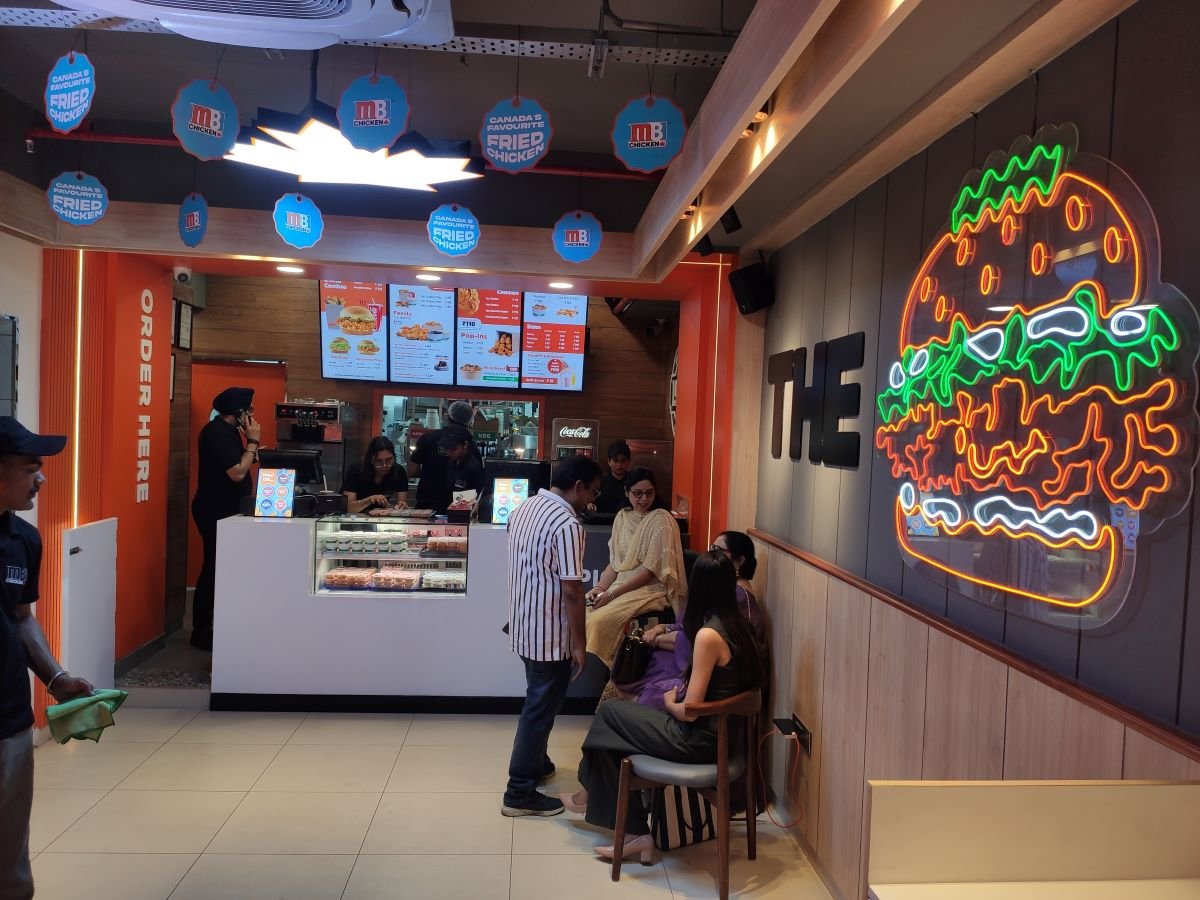
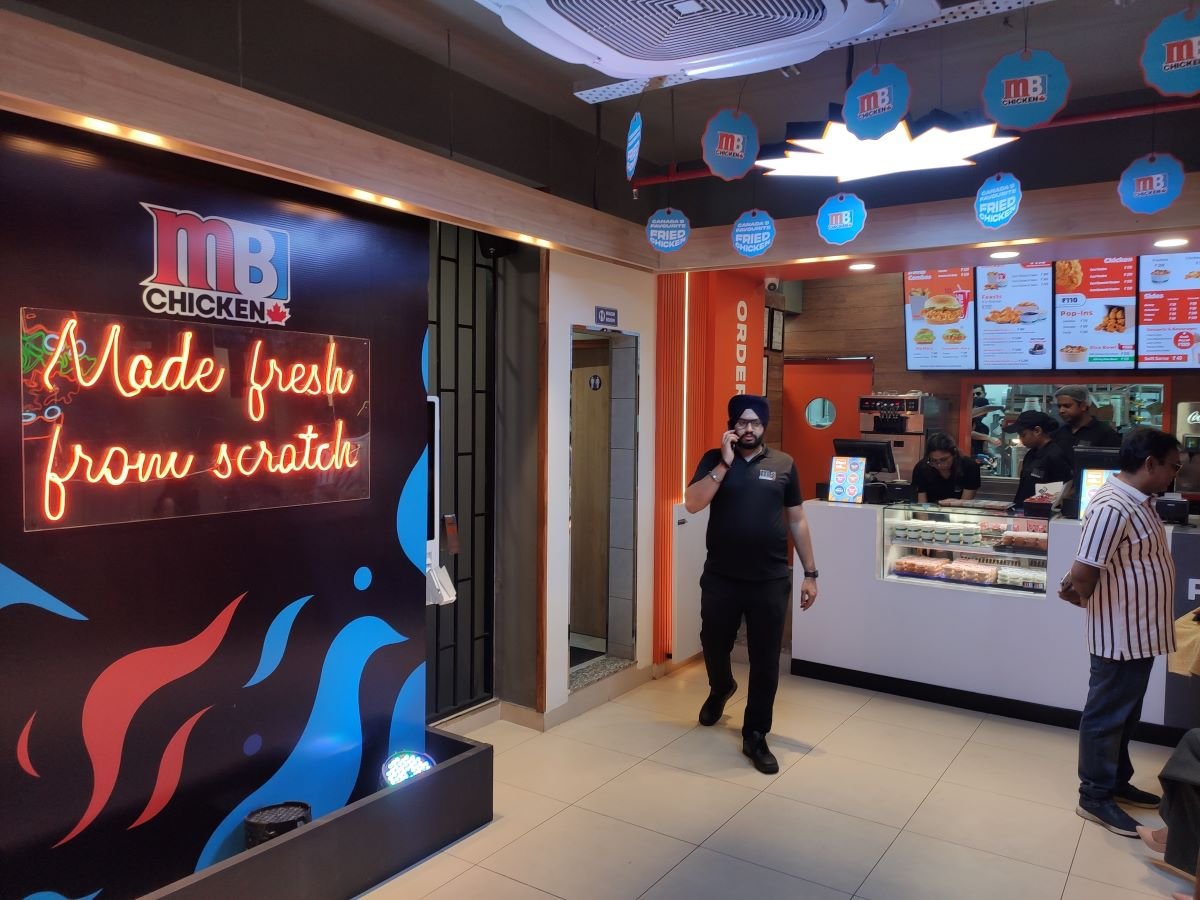
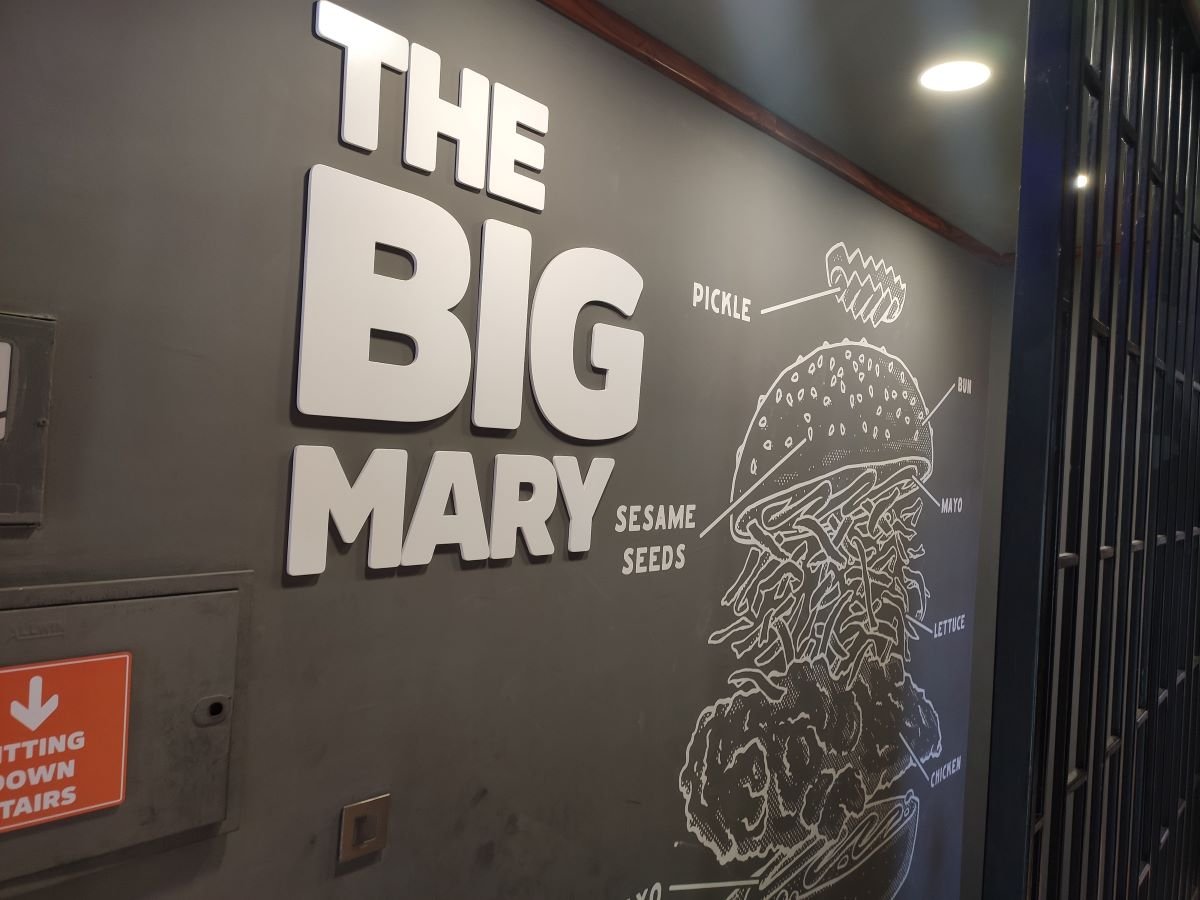 Know more about MB Chicken
Know more about MB Chicken







 Born in 1981 in the tiny village of Laloaloa on Tutuila island, American Samoa, the farthest location from US in the South Pacific, halfway between Hawaii and New Zealand, Tulsi Gabbard is the daughter of a Catholic and a Hindu convert. Her father Mike Gabbard has both Samoan and European Ancestry and her mother Carol Porter Gabbard was born in Indiana and spent her childhood in Michigan.
Born in 1981 in the tiny village of Laloaloa on Tutuila island, American Samoa, the farthest location from US in the South Pacific, halfway between Hawaii and New Zealand, Tulsi Gabbard is the daughter of a Catholic and a Hindu convert. Her father Mike Gabbard has both Samoan and European Ancestry and her mother Carol Porter Gabbard was born in Indiana and spent her childhood in Michigan.
